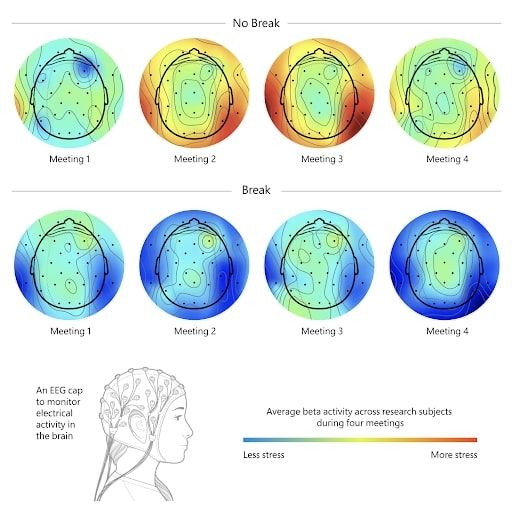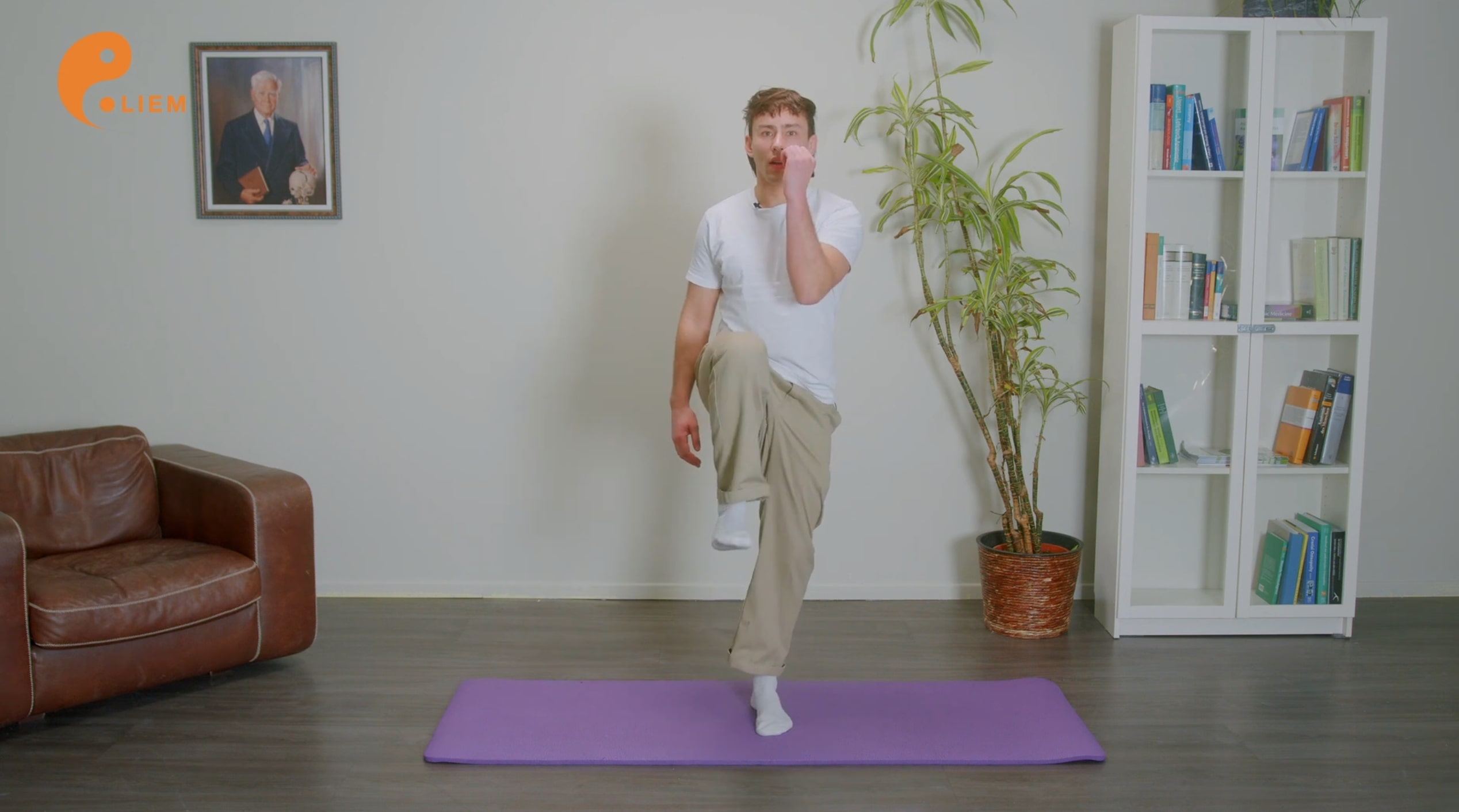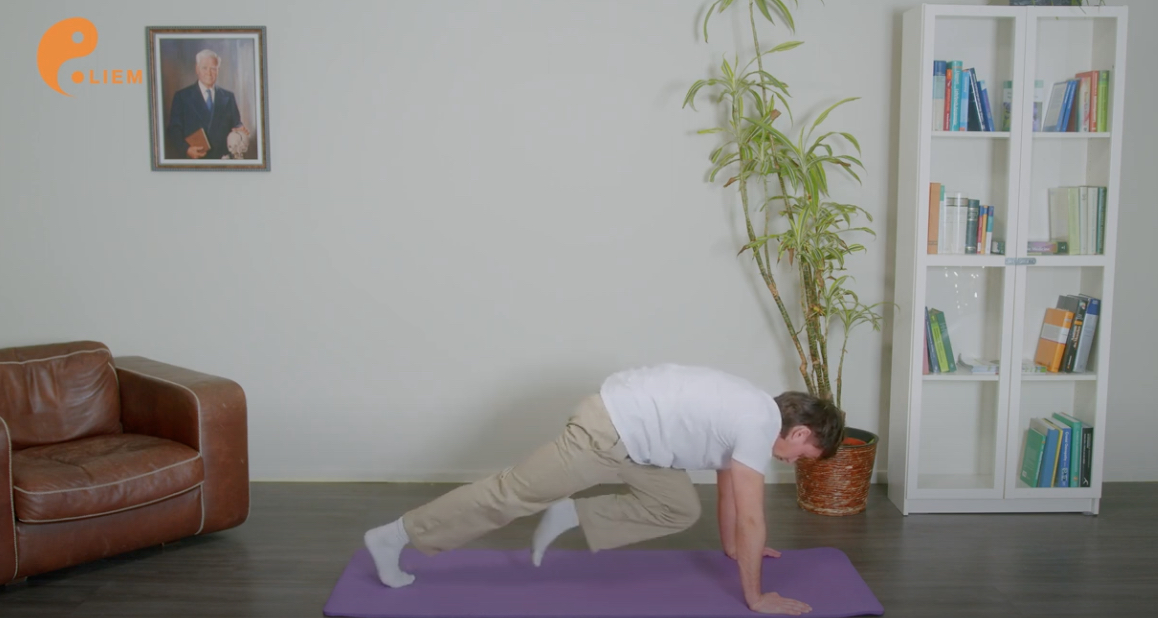A study from 2021 proves that moving directly from one meeting to the next increases employee stress and reduces performance. The brain must first complete a task and find a distance before it can efficiently devote itself to other topics.
Top tips:
Take a 10-minute break between different video calls or other meetings. This is also essential to prevent burnout.
Also take breaks between different mental tasks, office work.
Reframing: Value breaks away from the computer as an important part of your working day.
Break content is activity that relaxes your mind and takes your attention away from work and focuses on something you find relaxing. This can be short relaxation exercises, fantasy journeys, short walks in the countryside.
Gut sind auch fordernde Körperaktivitäten von 2-4 Minuten zwischen Aufgaben und Meetings einzulegen, die den Puls auf 110 Schläge bringen (siehe https://osteopathie-liem.de/sitzpause/)
Plan meetings consciously with discussion points and a short summary at the end. In doing so, motivate as many meeting participants as possible to actively participate.
Caption: For those who received breaks, the average beta wave activity associated with stress remained largely constant over time; the low level of stress is visualised here in shades of blue and green. For those who did not receive breaks, average beta wave activity increased over time, indicating an increase in stress; this increase is visualised here with a colour shift from cool to hot. Illustration by Valerio Pellegrini
Legend: According to the study, those employees who took regular breaks showed a positive asymmetry in their engagement. This means that their engagement increased over the course of the working day. Employees who did not take breaks, on the other hand, were found to have a negative asymmetry, meaning that their engagement decreased over the course of the day and they tended to withdraw. Illustration by Valerio Pellegrini
Here is a summary of the study:
Die Studie wurde vom Microsoft Human Factors Lab durchgeführt und fand zwischen dem 8. und 18. März 2021 statt. Es wurden insgesamt 14 Personen untersucht, die an Videokonferenzen teilnahmen und dabei Elektroenzephalogramm-Geräte (EEG) trugen, um die elektrische Aktivität in ihren Gehirnen zu überwachen. Die Teilnehmer waren Microsoft- und Nicht-Microsoft-Mitarbeiter aus den USA, die in der Informationsbranche tätig waren und in der Regel remote arbeiteten. Die Studie bestand aus zwei verschiedenen Sitzungsblöcken, an denen jeder Teilnehmer teilnahm. In der ersten Sitzung nahm die Hälfte der Teilnehmer an einer Reihe von vier halbstündigen Sitzungen teil, während die anderen vier halbstündige Sitzungen mit 10-minütigen Pausen unterbrochen hatten, in denen die Teilnehmer mit der Headspace-App meditierten. In der darauffolgenden Woche wurden die Gruppen getauscht, so dass jeder Teilnehmer beide Bedingungen durchlief. Jedes 30-minütige Treffen wurde von drei bis vier zusätzlichen, nicht EEG-gemessenen Freiwilligen begleitet, um eine Variation von Teilnehmern zu schaffen, die zusammenarbeiteten, um die zugewiesenen Aufgaben zu erledigen. Die Aufgaben waren unterschiedlich und umfassten beispielsweise das Entwerfen eines Bürolayouts oder das Erstellen eines Marketingplans. Es ist wichtig anzumerken, dass Headspace nicht an der Planung oder Durchführung der Studie beteiligt war.
Here is the link: https://www.microsoft.com/en-us/worklab/work-trend-index/brain-research
See also book: Liem, Tsolodimos:




